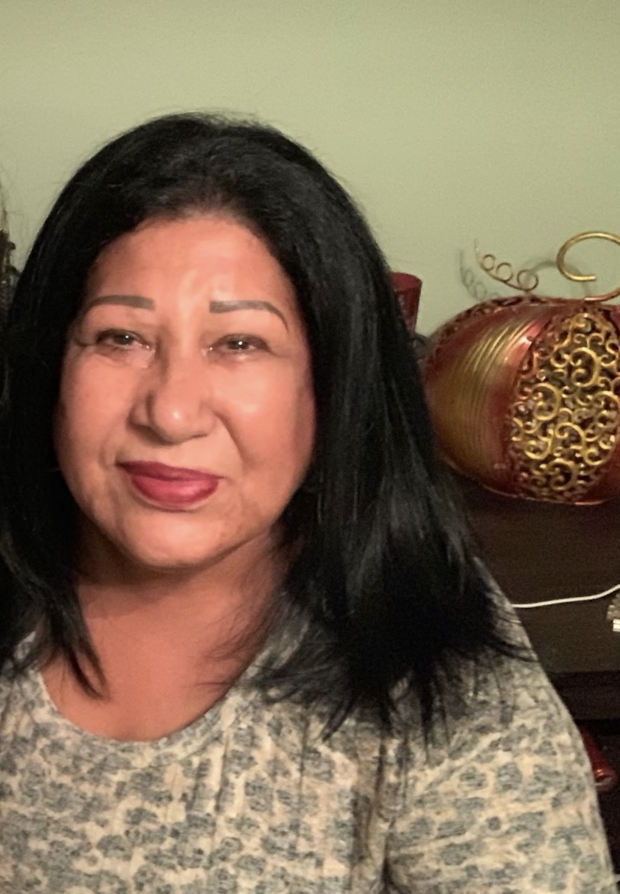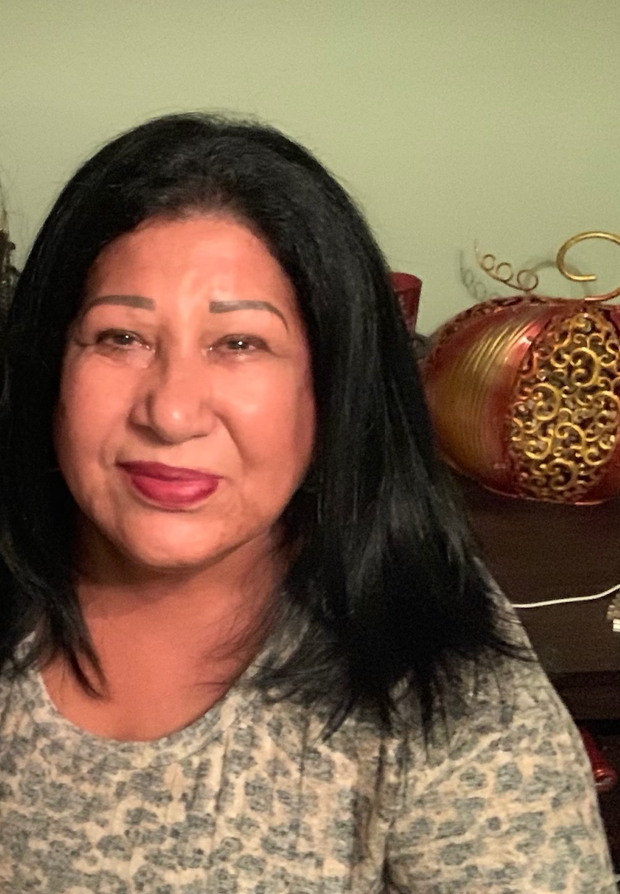
Edna Garcia thinks she has paid her dues. For 34 years, she worked as a public high school teacher in Bridgeport, Connecticut, while also serving as a local lawmaker for eight years. In her retirement, she volunteers at her church, where she helps members deal with health insurance problems.
“I have been beneficial to my community,” she told CBS MoneyWatch.
But for Garcia, 73, enjoying her retirement has been difficult. Despite having health insurance for retired teachers through UnitedHealthcare, she has struggled to afford medical treatment. Garcia is diabetic, has Crohn’s disease, for which there is no cure, and suffers from a vision condition that has caused her eyesight to deteriorate over time.
Garcia, who also has Medicare Part A and B so she can keep her private plan, said her health insurance falls short of covering her medical expenses or paying for the treatment her doctors recommend.
“My eye doctor said the medication she wants to prescribe me for the problem I have is not covered by insurance. And I certainly cannot afford it,” she said.
Instead, she uses prescription eye drops that her insurance does cover, but that don’t properly treat her condition. “They don’t meet the needs for my eyes. So today I am going blind,” Garcia told CBS MoneyWatch.
Garcia is only one of the many Americans who say they are unable to get the medical care they need despite carrying health insurance. Roughly 30% of working-age adults in the U.S. with health coverage said rising medical costs make it hard to afford essentials like food, utilities, car payments and loans, according to a recent survey from The Commonwealth Fund. That forces millions of people to take on debt to pay for care or make difficult tradeoffs.
Courtesy of Edna Garcia
Garcia also said her insurance plan doesn’t cover Ozempic, a drug used to treat diabetes that has also grown popular for weight-loss and that can cost hundreds of dollars a month out of pocket. Meanwhile, she said her UnitedHealthcare plan at one point suddenly stopped covering Remicade, the medication she was taking to keep her Crohn’s disease flareups in check.
“I was fine, then all of a sudden insurance decided they wouldn’t pay for it because it cost too much,” Garcia said. “So my doctor took me off it and put me on something different, and I got sick like a dog, and I have been sick since.”
She has since been put back on the medication, which UnitedHealthcare is covering again, according to Garcia.
UnitedHealthcare declined to comment.
Still, Garcia said she is often forced to choose between essentials like groceries and pricier medications that could help her stay healthy but that she can’t afford out of pocket.
“I go without medicine because I have to decide between eating and taking care of my medical needs,” she said.
No birthday trip
Eddie Vader, 45, a veteran who has insurance coverage through TriWest Healthcare Alliance, said he sometimes has to bear costly expenses on his own because his plan doesn’t cover them. Vader is due for a root canal this month, a procedure he told CBS MoneyWatch he will have to pay out of pocket and that will cost him roughly $1,300.
“I can’t really afford it, but we have to make it work,” he said. “It’s going to be a tight month.”
Making it work will mean forgoing an annual trip he and his wife usually take for her birthday. “Typically we’d go spend a night at a hotel somewhere, get out of town and go somewhere. That’s not going to happen until we can afford it,” he said.
TriWest did not respond to CBS MoneyWatch’s request for comment.
Adam Rollings, a North Carolina dock builder, is covered along with his two children under his wife’s insurance plan. An Onslow County school teacher, his wife gets health care benefits through a Blue Cross Blue Shield plan for state employees.
That plan costs the family about $10,000 per year. They spend another $3,000 to $5,000 a year on added health care expenses, most of which are to related to their nine-year-old son’s Type 1 diabetes.
“We are fortunate that we don’t care any medical debt, but our frustration is that the coverage she is offered as a county employee seems to be inadequate for what’s expected of her as a teacher and public service worker,” Rollings told CBS MoneyWatch. “We would expect to be fully covered, or at least for coverage to not be as expensive as it is for that typical family of four.”

 Latest Breaking News Online News Portal
Latest Breaking News Online News Portal






